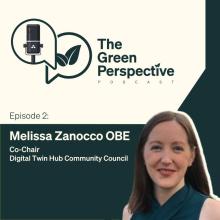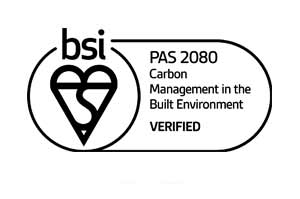
🌿 Biodiversity Net Gain: What Happens After Development? 🌿
BNG isn’t just about creating new habitats - it’s about keeping them thriving for at least 30 years.
But who ensures these gains last, and how does long-term management work? As part of the process, developers must submit a Biodiversity Gain Plan, outlining how the site will be maintained over time.
Long-term management involves:
✅Regular habitat monitoring to track progress.
✅ Active maintenance, such as controlling invasive species or replanting.
✅Adaptive management - adjusting plans if habitats aren’t performing as expected.
For BNG to be truly effective, long-term financial planning is essential to prevent habitat decline. While the future of BNG long-term management continues to evolve, local authorities and Natural England may carry out compliance checks to ensure commitments are upheld.
💚Do you need support with your BNG strategy?
Whether you're at the start of the planning process or refining a management plan, our Consultancy team is here to help.
Contact us at Consultancy@ChevronGS.com to find out more.























